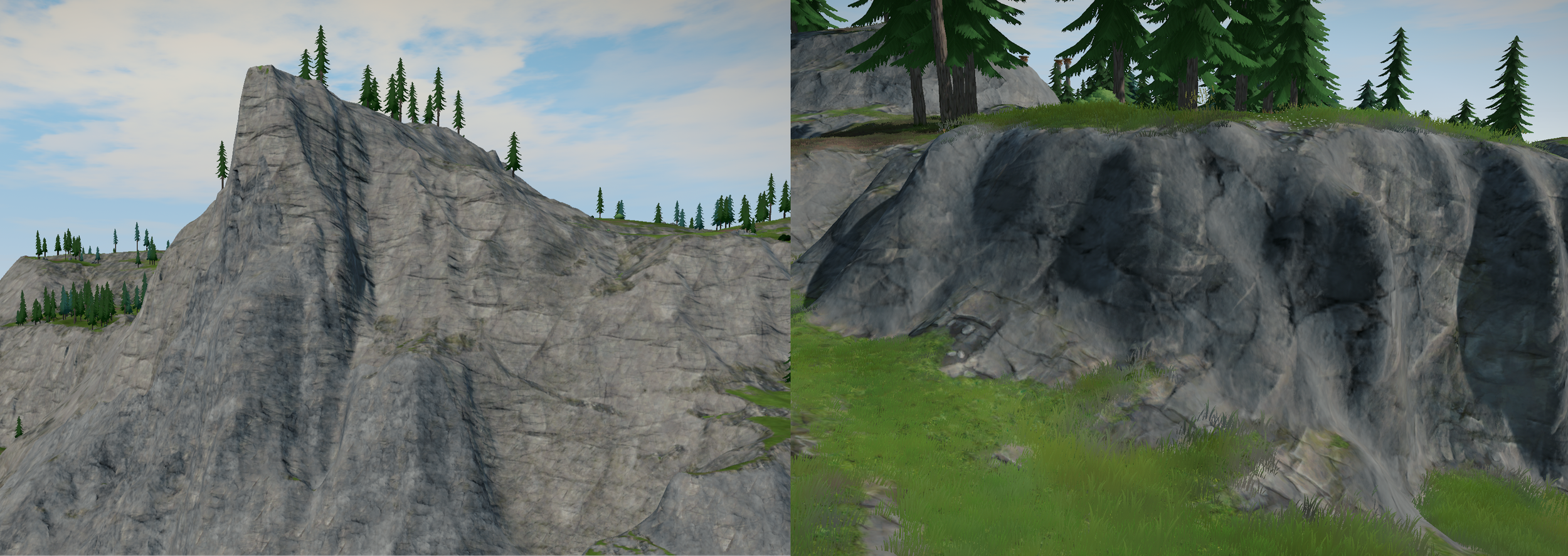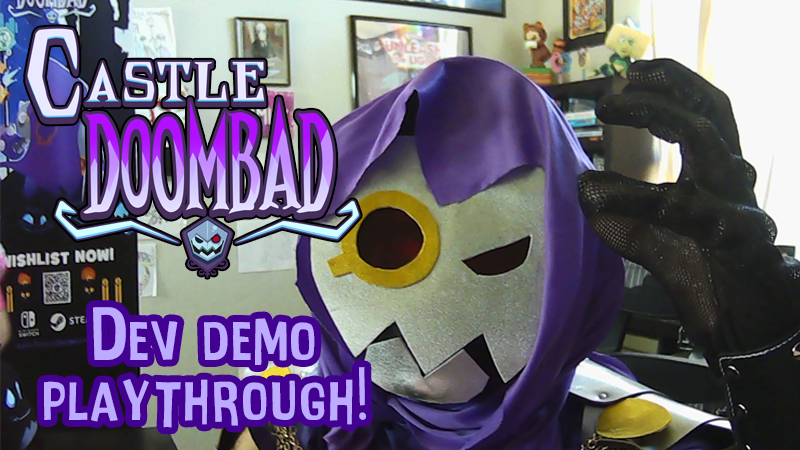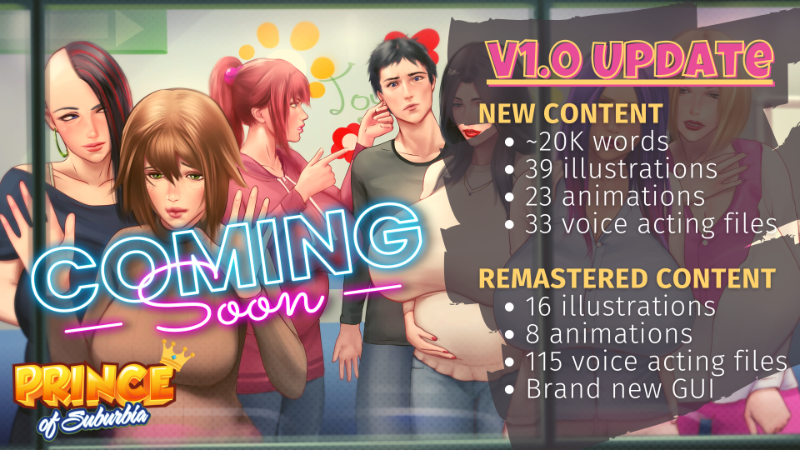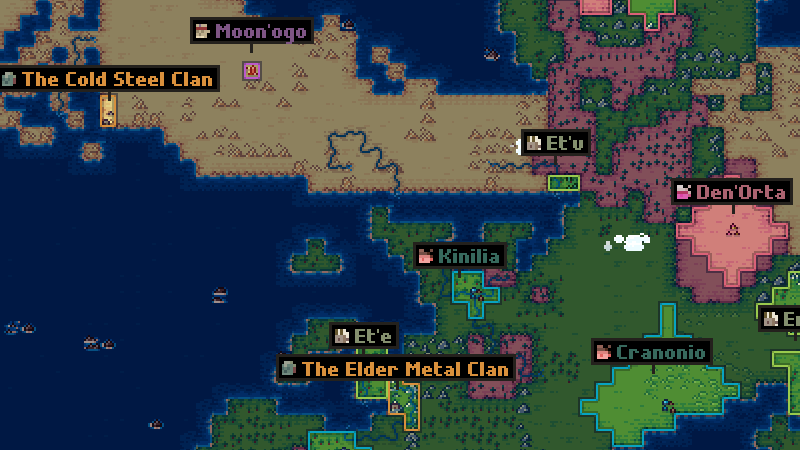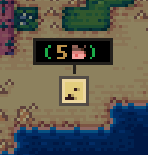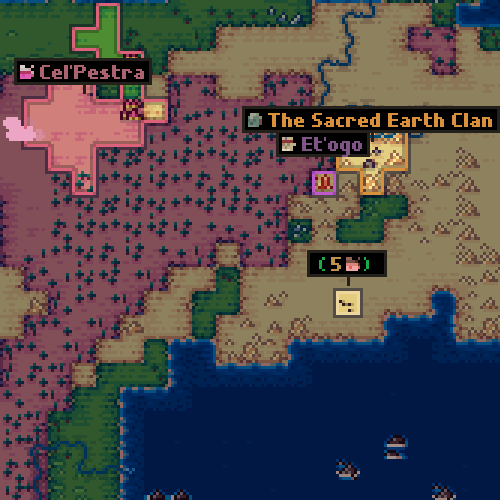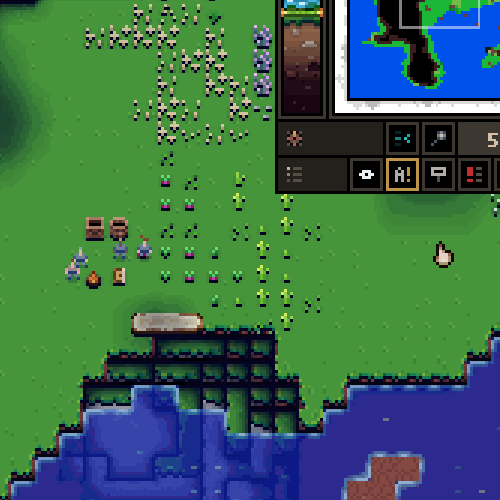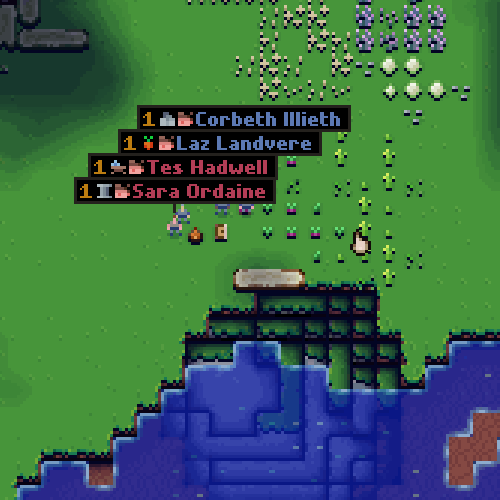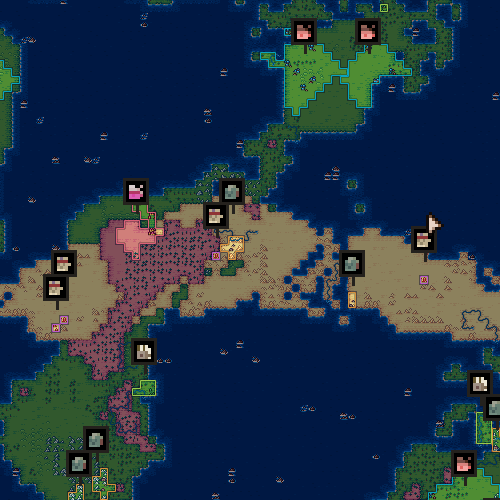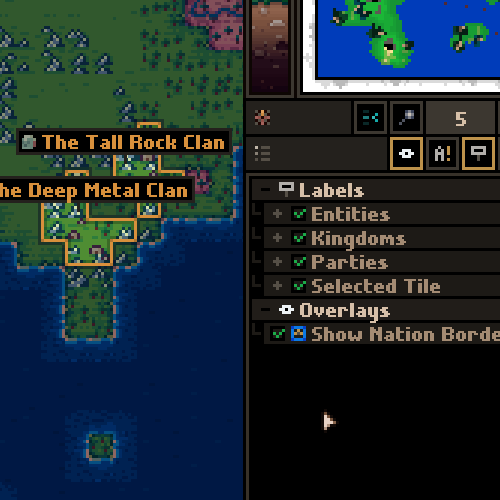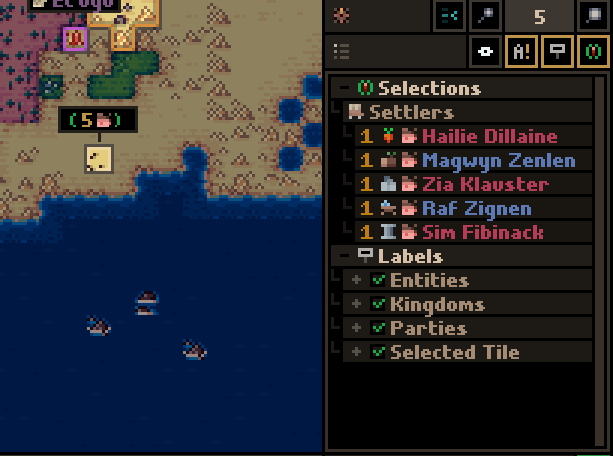
Nov 3, 2023
NFL Pro Era II - jessica.juneau
Our community feedback was crucial!
Input from our community drove our first patch to NFL PRO ERA II. Our goal is to continuously provide the best playing experience possible, so Patch 1 focused on critical bug repair and functionality improvements. Below are the major fixes with a full rundown available at http://proera.com
Input from our community drove our first patch to NFL PRO ERA II. Our goal is to continuously provide the best playing experience possible, so Patch 1 focused on critical bug repair and functionality improvements. Below are the major fixes with a full rundown available at http://proera.com
- Quitting a head to head match will now properly assign a loss to your profile and a win to your opponent
- Fixes around snap under center, with additional feedback on how to correctly snap under center
- Full team roster updates post trade deadline
- Linebackers will take the right man in both man and zone coverage
- Players searching for a head to head game should now be properly matched with each other
- New SFX added to TV tunnel







